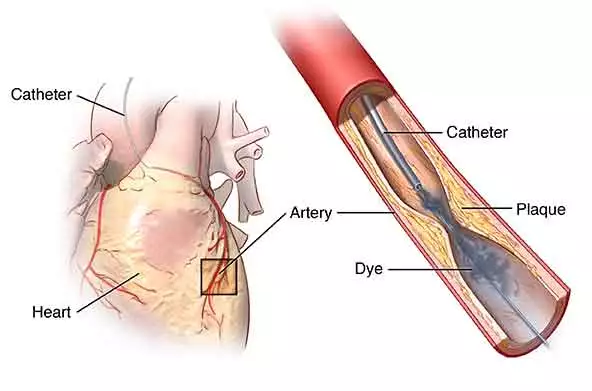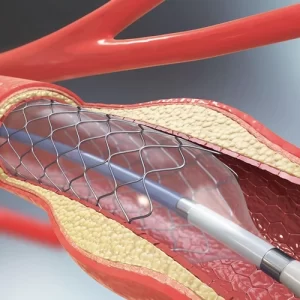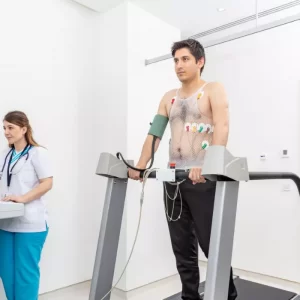Catheter Angiography
X-ray imaging is used during a coronary angiography procedure to visualise the blood arteries in your heart. The test is typically performed to determine whether there is a limitation in the blood flow to the heart.
Coronary angiograms are a type of procedure referred to as a heart (or cardiac) catheterization. Heart and blood vascular problems can be detected and treated via cardiac catheterization treatments. The most frequent cardiac catheterization procedure is a coronary angiography, which can be used to diagnose heart problems.
Description
What is Catheter Angiography?
X-ray imaging is used during a coronary angiography procedure to visualise the blood arteries in your heart. The test is typically performed to determine whether there is a limitation in the blood flow to the heart.
Coronary angiograms are a type of procedure referred to as a heart (or cardiac) catheterization. Heart and blood vascular problems can be detected and treated via cardiac catheterization treatments. The most frequent cardiac catheterization procedure is a coronary angiography, which can be used to diagnose heart problems.
Why do I need Catheter Angiography?
Your doctor may recommend that you have a coronary angiogram if you have:
- Symptoms of coronary artery disease, such as chest pain (angina)
- Pain in your chest, jaw, neck or arm that can’t be explained by other tests
- New or increasing chest pain (unstable angina)
- A heart defect you were born with (congenital heart disease)
- Abnormal results on a noninvasive heart stress test
- Other blood vessel problems or a chest injury
- A heart valve problem that requires surgery
Because there’s a small risk of complications, angiograms aren’t usually done until after noninvasive heart tests have been performed, such as an electrocardiogram, an echocardiogram or a stress test.





